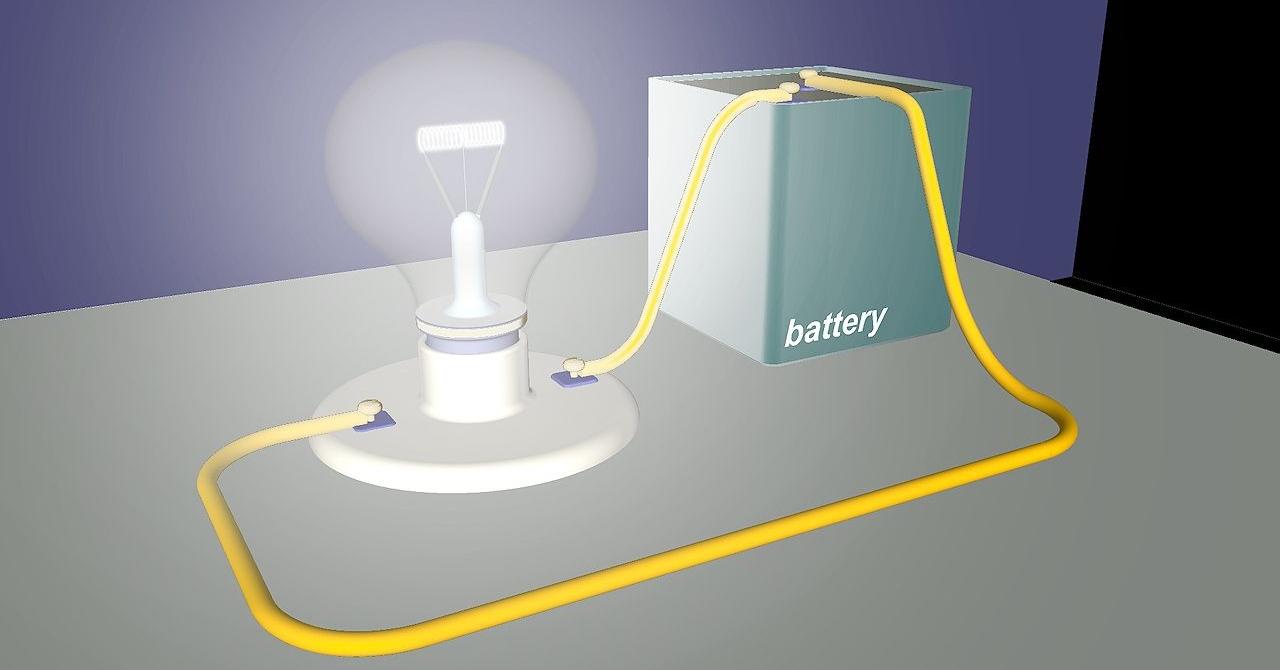Are you curious to know what is resistance of a conductor? You have come to the right place as I am going to tell you everything about resistance of a conductor in a very simple explanation. Without further discussion let’s begin to know what is resistance of a conductor?
What Is Resistance Of A Conductor?
Resistance is a fundamental concept in the field of electrical engineering and physics. It refers to the opposition that a conductor, such as a wire or component, presents to the flow of electric current. Understanding resistance is crucial for designing and analyzing electrical circuits, as it influences the efficiency and performance of electrical systems. In this blog, we will explore the nature of resistance, its causes, and its significance in electrical conductivity.
The Nature Of Resistance
Resistance in a conductor is similar to the concept of friction in the physical world. Just as friction opposes the motion of an object, resistance opposes the flow of electric current. It’s measured in ohms (Ω) and quantifies how effectively a material or component can conduct electricity. In essence, resistance tells us how much a material or component hinders the flow of electrons.
Causes Of Resistance
Resistance arises from several factors, including:
- Material: The type of material a conductor is made of significantly affects its resistance. Materials like copper and aluminum are good conductors of electricity and have low resistance, while insulators like rubber and plastic have very high resistance.
- Length: The longer the conductor, the higher the resistance. This is because electrons encounter more collisions with atoms or particles as they travel a longer distance.
- Cross-Sectional Area: A conductor with a larger cross-sectional area allows for more electron flow and has lower resistance compared to a thinner conductor.
- Temperature: Temperature can influence resistance. In general, as temperature increases, resistance also increases. This phenomenon is known as the temperature coefficient of resistance.
- Impurities: The presence of impurities or defects in a conductor can increase its resistance, as electrons are more likely to collide with impurities.
Ohm’s Law And Resistance
Ohm’s Law, formulated by Georg Simon Ohm, describes the relationship between voltage (V), current (I), and resistance (R). Ohm’s Law states:
V = I * R
Where:
- V represents voltage (measured in volts, V).
- I represents current (measured in amperes or amps, A).
- R represents resistance (measured in ohms, Ω).
This formula shows that voltage is directly proportional to current and resistance. In other words, an increase in voltage results in an increase in current if resistance remains constant, and vice versa.
Significance Of Resistance
Resistance plays a critical role in electrical circuits and systems:
- Voltage Control: Resistors are components deliberately added to circuits to control voltage levels and limit current flow, ensuring that sensitive components are not damaged by excessive current.
- Efficiency: In many cases, resistance can cause energy losses in the form of heat. These losses are undesirable in electrical systems, so engineers strive to minimize resistance to maximize efficiency.
- Safety: Resistance can act as a safety feature by limiting the flow of current in circuits, preventing overheating, fires, or electrical hazards.
- Component Design: Understanding resistance is essential for designing electrical components and materials to meet specific performance requirements.
Conclusion
Resistance in conductors is a fundamental concept in the world of electrical engineering. It represents the hindrance to the flow of electric current and depends on factors such as material, length, cross-sectional area, temperature, and impurities. Resistance is not merely a roadblock; it is a parameter that engineers and physicists manipulate and work with to ensure the safe and efficient operation of electrical systems. A deep understanding of resistance is crucial for designing, analyzing, and optimizing electrical circuits and devices in our technologically driven world.
FAQ
What Is Resistance In Short Answer?
Resistance is a measure of the opposition to current flow in an electrical circuit. Resistance is measured in ohms, symbolized by the Greek letter omega (Ω).
Why Is A Conductor A Resistance?
This is because resistance is caused by the collision between electrons and atoms present in the conductor. In this case, if the conductor is longer, there will be more collisions leading to higher resistance. The resistance of a conductor is inversely proportional to the area of the cross-section of the conductor.
Which Is Called Resistance?
Resistance is the opposition that a substance offers to the flow of electric current. It is represented by the uppercase letter R.
What Is Resistance Class 12?
The property of a conductor by virtue of which it opposes the flow of electric current through it is called resistance. It is given by the ratio of voltage applied to the electric current which flows through it. R = V/I.
I Have Covered All The Following Queries And Topics In The Above Article
What Is Resistance Of A Conductor Class 10
What Is Resistance Of A Conductor In Physics
What Is Resistance Of A Conductor Formula
What Is Resistance Of A Conductor Class 12
What Is Resistance Of A Conductor And Resistivity
List Two Factors On Which Resistance Of A Conductor Depends
List The Factors On Which The Resistance Of A Conductor Depends
Define Resistance Of A Conductor State The Factors On
What Is Resistance Of A Conductor
What is resistance in short answer
